Entertainment
‘Price Is Right’ Model Janice Pennington Reflects on Working With Bob Barker, Show’s Popularity (Exclusive) on August 29, 2023 at 1:23 am News
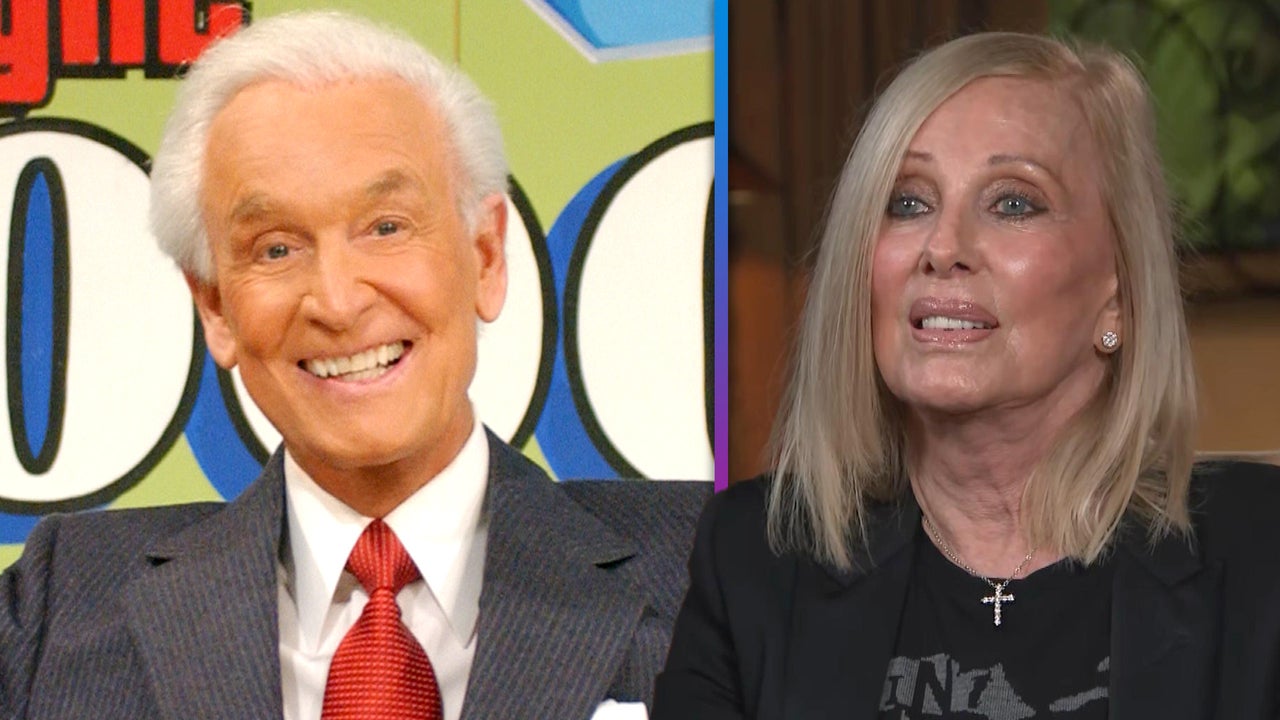
The longtime ‘Price Is Right’ model spoke with ET about her experiences on the show with with the late host.The longtime ‘Price Is Right’ model spoke with ET about her experiences on the show with with the late host.
News Read More
Advice
Filmmakers’ Guide to Handling Criticism

Understanding Constructive Criticism
Constructive criticism refers to feedback that is delivered in a manner that is helpful, aimed at promoting improvement, and articulated with the intention of guiding the recipient toward a better outcome. Unlike negative reviews that can often feel disheartening or dismissive, constructive criticism focuses on specific aspects of a work that can be enhanced, allowing the filmmaker to recognize areas for growth without feeling discouraged. This distinction is crucial because it transforms feedback from a mere evaluation into a learning tool that cultivates a positive developmental atmosphere.
In the realm of filmmaking, the art of receiving constructive feedback is imperative. It encourages an objective analysis of the film’s elements—storytelling, cinematography, acting, and pacing, among others. When filmmakers embrace constructive criticism, they open doors to gaining invaluable insights into their work. Such feedback can provide clarity regarding audience perception and reveal technical or narrative flaws that may not be apparent to the creator. By actively seeking out this type of feedback, filmmakers can engage in continuous improvement, leading to more polished and compelling films.
It is essential to recognize that not all criticism holds equal value. Filmmakers must distinguish meaningful insights from unhelpful comments that could lead to unnecessary self-doubt. This requires a discerning mindset, focusing on actionable advice rather than subjective opinions that do not contribute to artistic growth. By doing so, filmmakers can cultivate resilience and a commitment to personal and professional development. Constructive criticism ultimately serves as a cornerstone in the filmmaking process, encouraging an ongoing dialogue that helps creators refine their craft and push the boundaries of their artistic expression.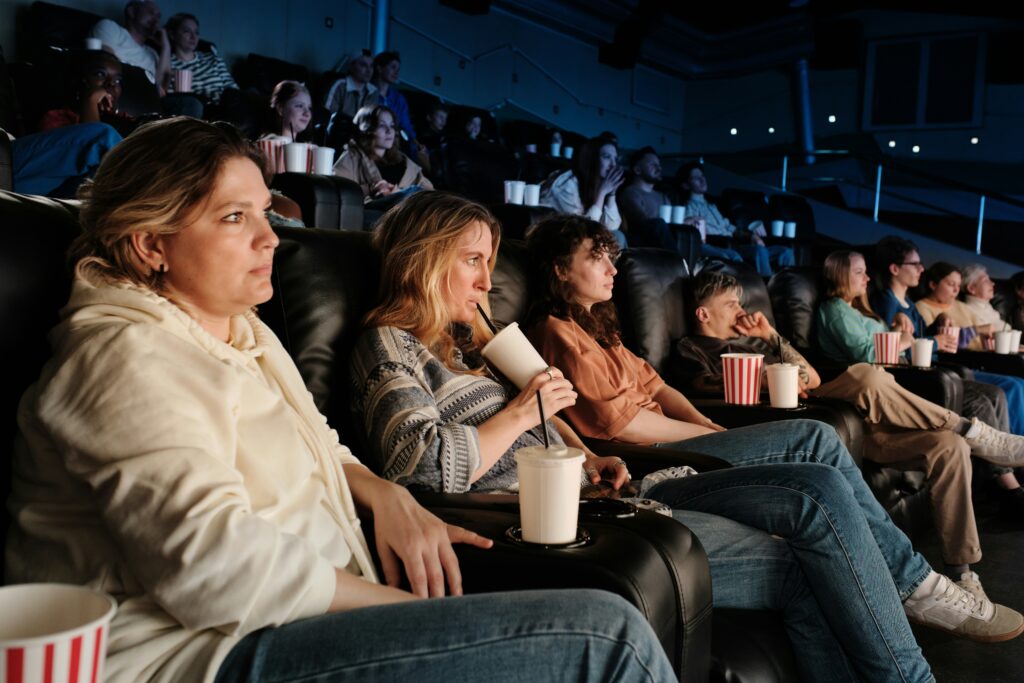
Building Resilience as a Filmmaker
Resilience is a crucial quality for filmmakers striving to navigate the often tumultuous waters of film criticism. The creative process is inherently vulnerable, and receiving negative feedback can lead to self-doubt and anxiety. However, developing emotional strength allows filmmakers to not only endure critique but also grow from it, thus enhancing their future projects. To foster resilience, filmmakers can adopt several strategies that promote a healthy mindset and creative continuity.
One effective approach is self-reflection, where filmmakers take time to analyze not only the feedback they receive but also their personal responses to it. This practice helps in distinguishing constructive criticism from unwarranted negativity. By understanding their emotional triggers, filmmakers can develop a thicker skin and redirect their focus toward growth rather than personal attacks. Integrating self-reflection into their workflow encourages a deeper appreciation for their artistic choices, reinforcing their confidence in the projects they undertake.
Mindfulness techniques also play a significant role in building resilience. Engaging in mindfulness practices, such as meditation or deep breathing exercises, can help filmmakers manage stress and promote emotional regulation. A mindset grounded in mindfulness allows individuals to observe their thoughts and feelings without judgment, enabling them to better handle the emotional fallout from harsh reviews. This approach cultivates a calm disposition, which is crucial when faced with criticism.
Finally, establishing a supportive network is paramount. Surrounding oneself with fellow creatives who understand the challenges of filmmaking can provide encouragement and constructive dialogue. Such a community fosters a sense of belonging and offers diverse perspectives that can help mitigate the sting of negative feedback. By prioritizing resilience through self-reflection, mindfulness, and support systems, filmmakers can thrive in their artistry despite the inevitable critiques they face.
Learning from Feedback While Honoring Your Vision
For filmmakers, navigating the landscape of feedback can be both enriching and challenging. The ability to learn from constructive criticism while remaining true to one’s artistic vision is a delicate balance that demands discernment. First, it’s vital to acknowledge that feedback is an inherent part of the filmmaking process, serving as a tool for growth. However, filmmakers must differentiate between critiques that foster their artistic journey and those that may lead them astray from their original intent.
To effectively assimilate feedback, one should begin by identifying which suggestions resonate with their vision. This means reflecting on the driving themes and nuances that define the filmmaker’s work. By determining which comments align with their core values and artistic goals, filmmakers can confidently embrace those insights and integrate them into their projects. For instance, if a viewer suggests enhancing a specific character’s backstory that reflects the overarching narrative, this feedback may prove beneficial and worthy of consideration.
Conversely, critiques that seem misaligned with the filmmaker’s vision should be approached with caution. Maintaining artistic integrity is imperative; therefore, it is crucial to evaluate the source and intent of the feedback. Does it stem from a place of understanding or merely personal preference? Filmmakers should develop a critical eye to sift through the myriad of opinions available to them. This discernment enables them to discard feedback that may dilute their unique voice, thereby safeguarding their creative expression.
Ultimately, the journey of filmmaking is one of exploration, and learning from feedback while honoring one’s vision is essential. This ongoing dialogue between a creator’s inner compass and external insights can significantly enhance the refinement of their work. By cultivating this balance, filmmakers can evolve their projects meaningfully while remaining true to their artistic identity.
Practical Steps for Receiving and Implementing Criticism
Receiving and implementing criticism is a crucial skill for filmmakers aiming to enhance their craft. The first step in this process is to seek feedback from trusted sources, such as mentors, peers, or industry professionals. These individuals can provide valuable insights that are often grounded in experience. It’s essential to choose reviewers who understand the nuances of filmmaking, as their perspectives will yield constructive criticism rather than superficial comments. When sharing your work, consider using clear questions to guide the feedback, encouraging reviewers to focus on specific elements such as pacing, character development, or cinematography.
Establishing a constructive feedback loop within peer sessions can significantly benefit personal growth and project refinement. These sessions should foster an environment where critique is encouraged and appreciated. Filmmakers can benefit from inviting peers to share their works in progress and provide feedback in return, creating a culture of mutual support. During these sessions, it is essential to maintain an open dialogue and encourage questions that dive deeper into the creative decisions made. This exchange can help dissect both strengths and weaknesses in a project while fostering a collaborative spirit.
Approaching criticism with an open mind is vital in the process of learning and adapting. Reframing feedback as a tool for growth rather than a personal affront allows filmmakers to process criticism more effectively. As filmmakers navigate their creative journeys, it is also important to set personal goals that align with their development. These goals can be based on the criticism received and should serve as benchmarks for improvement. By doing so, filmmakers can ensure that feedback becomes a catalyst for advancement, propelling their projects forward rather than anchoring them in self-doubt.
Bolanle Media is excited to announce our partnership with The Newbie Film Academy to offer comprehensive courses designed specifically for aspiring screenwriters. Whether you’re just starting out or looking to enhance your skills, our resources will provide you with the tools and knowledge needed to succeed in the competitive world of screenwriting. Join us today to unlock your creative potential and take your first steps toward crafting compelling stories that resonate with audiences. Let’s turn your ideas into impactful scripts together!
Advice
Building On-Screen Cast Chemistry in Film
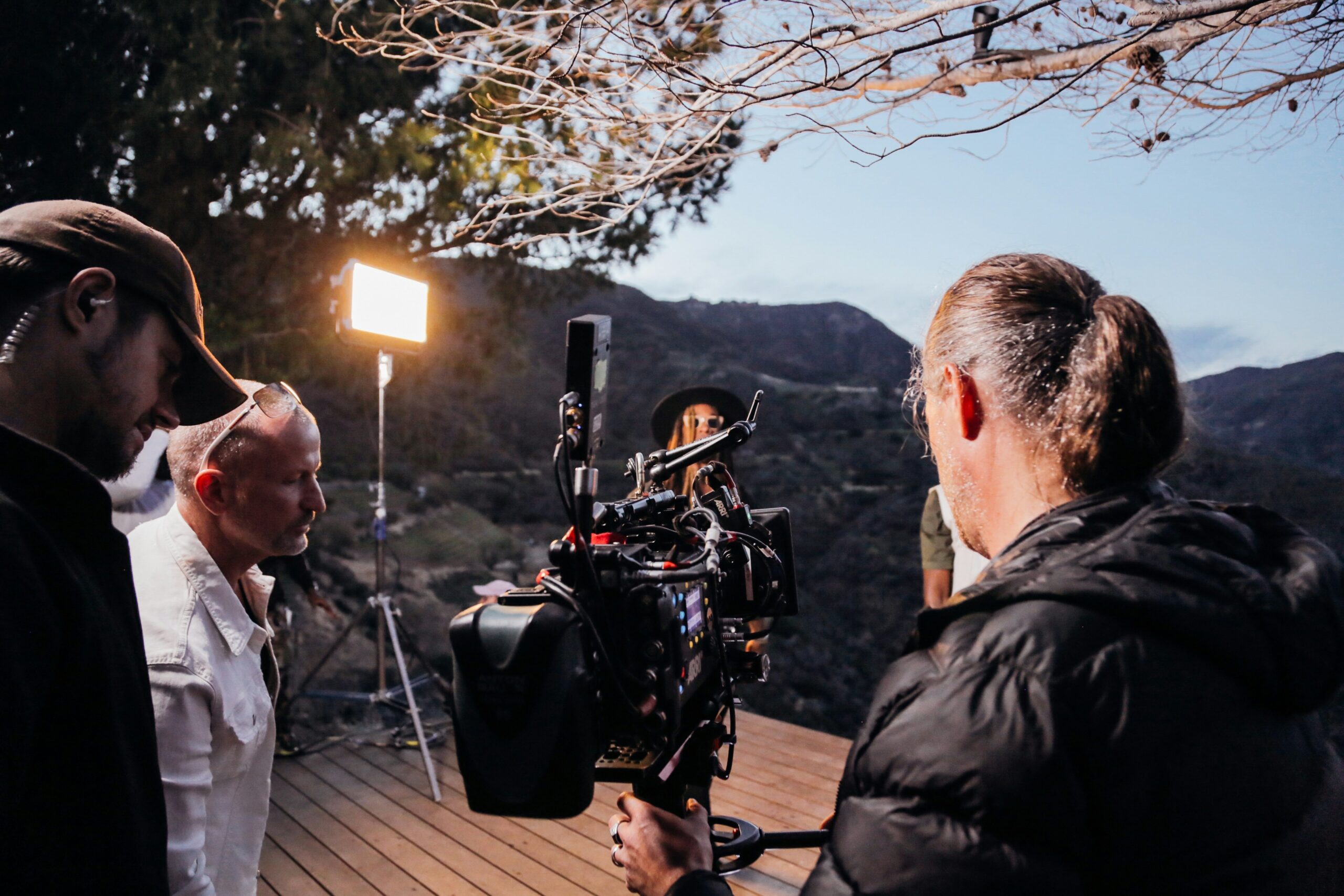
The Casting Process: Finding the Right Fit
The casting process plays a pivotal role in film production, as it determines the actors who will bring characters to life on screen. Initially, directors and casting agents analyze the script to identify the specific traits and skills required for each role. This involves a detailed understanding of the characters’ complexities and how they interact within the storyline. By establishing clear character descriptions, casting professionals can begin the search for actors whose talents align with the narrative’s demands.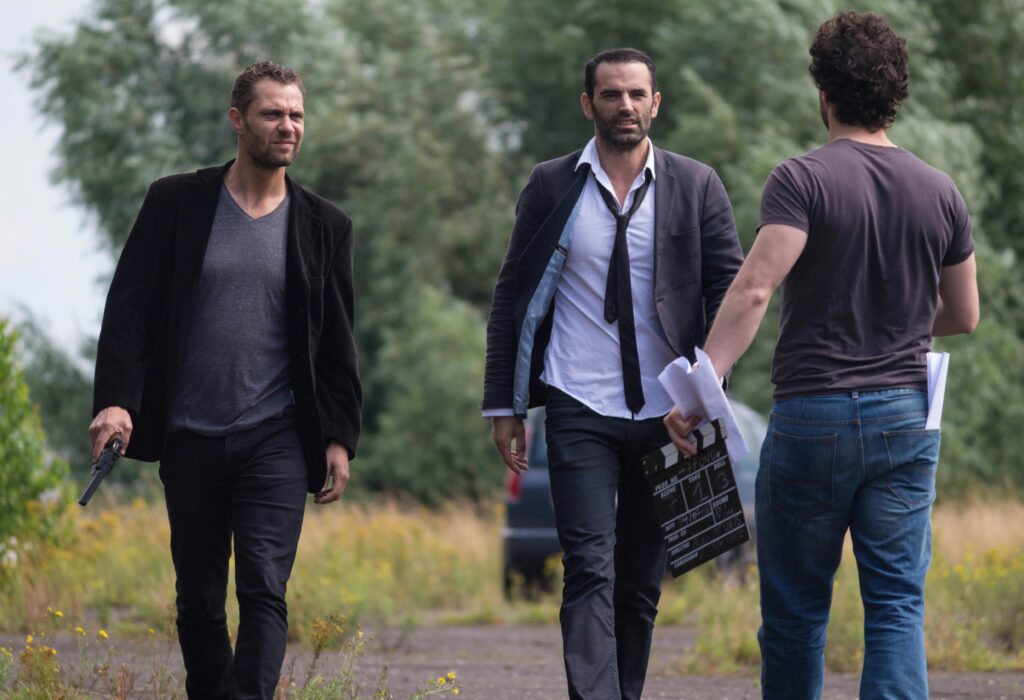
Auditions and callbacks are critical components of this process. During auditions, actors present their interpretations of characters, showcasing their artistry and suitability for the roles. Directors often use this opportunity to observe not only the technical skills of each actor but also their ability to convey the emotional depth required. Callback sessions further refine the selection process, allowing directors to compare actors and assess their compatibility with existing cast members. This is where chemistry reads become particularly valuable, as they help gauge the on-screen dynamic between potential co-stars.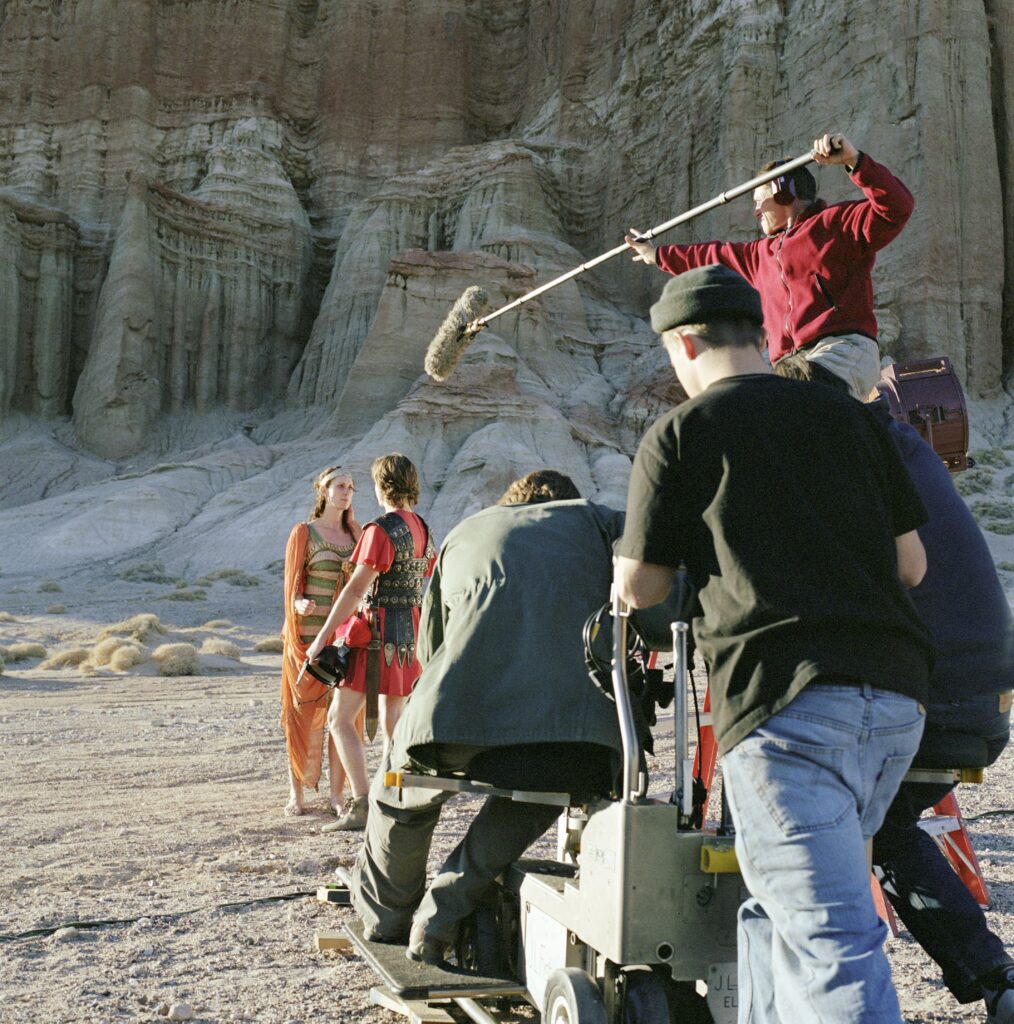
Diversity and representation are essential elements in modern casting practices. Directors and casting agents must strive to include actors from various backgrounds, as this enriches storytelling and fosters a more authentic representation of society. By considering different perspectives and experiences during casting, filmmakers can create a more relatable and inclusive narrative. To enhance genuine connections among actors, casting directors should facilitate workshops or group auditions. These settings allow individuals to interact and develop rapport, resulting in stronger on-screen chemistry.
In conclusion, the casting process is more than just filling roles; it is about assembling a team of actors who can collectively bring a vision to life. The integration of auditions, chemistry reads, and a focus on diversity contributes to the dynamic and authentic portrayal of characters that audiences seek in film.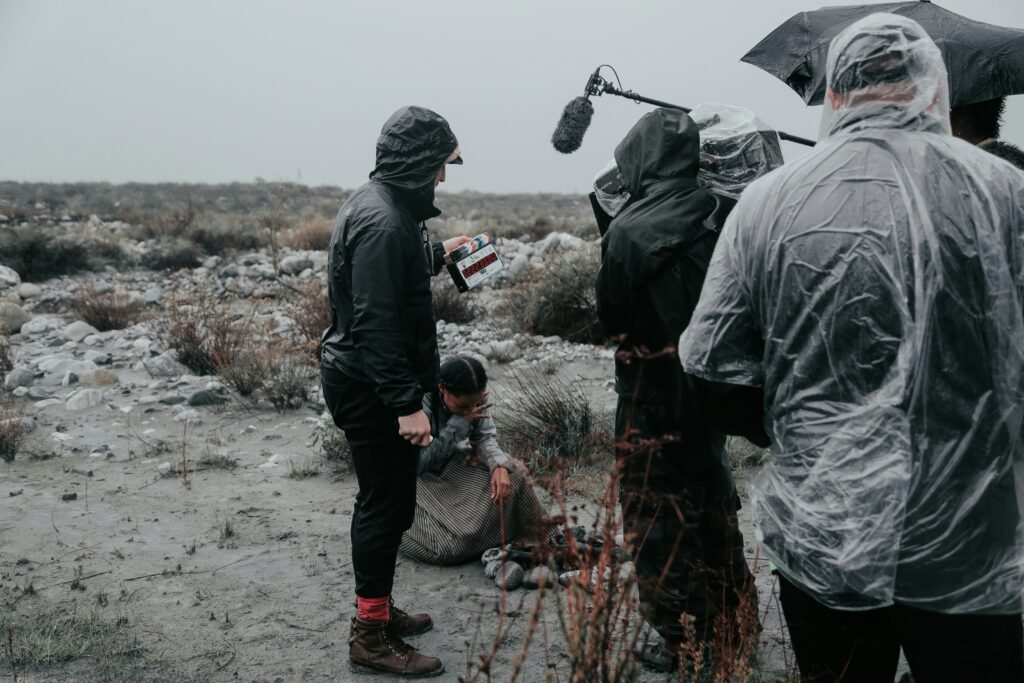
Building On-Screen Chemistry: Techniques and Tools
Creating authentic on-screen chemistry between actors is an essential component of engaging film storytelling. Filmmakers employ various techniques to cultivate this dynamic, beginning with rehearsal strategies. By utilizing improvisation exercises, actors can explore their characters in organic ways, breaking down barriers that may hinder natural interactions. These exercises encourage spontaneity and collaboration, ultimately fostering a comfortable atmosphere that allows performers to respond to each other in real-time.
Character-building workshops serve as another critical method where actors delve deeper into their roles. These workshops emphasize understanding the backstories and motivations of each character, enabling the cast to cultivate a shared narrative. This holistic approach helps actors align their performances, leading to a more cohesive on-screen portrayal. As the actors develop their characters collaboratively, the chemistry emerges more organically, producing interactions that resonate with authenticity.
The role of directors in shaping these relationships cannot be overstated. A director’s vision helps guide the actors in exploring their dynamics effectively. Through constructive feedback and collaborative discussions, directors can facilitate a dialogue about character relationships and ensure that their portrayals reflect the desired narrative tone. Additionally, rehearsals led by the director can help actors practice specific scenes, encouraging them to engage deeply with their counterparts and build trust.
Furthermore, cinematographic techniques significantly enhance the representation of on-screen chemistry. Choices regarding camera angles, framing, and lighting can amplify the emotional resonance between characters. Close-up shots, for instance, allow viewers to connect with the subtleties of the actors’ expressions, providing insight into their relational dynamics. When combined with the psychological aspects of acting, such as empathy and emotional intelligence, these elements create a compelling visual narrative that effectively captures and communicates the chemistry between characters.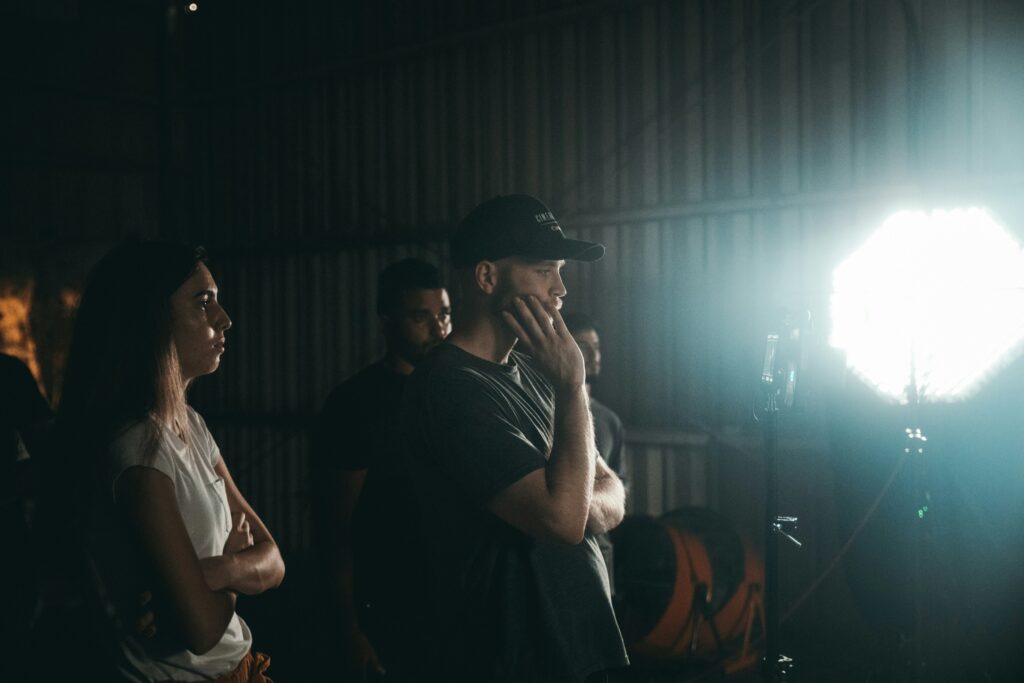
The Dynamics of Different Relationships: Lovers, Rivals, and Friends
In the realm of filmmaking, the portrayal of relationships significantly influences both audience engagement and narrative effectiveness. Different relationship dynamics, such as romantic couples, adversaries, and close friends, each present unique challenges and opportunities for actors to develop chemistry. The authenticity of these interactions is vital, as it allows viewers to connect emotionally with the characters and the story being told.
Romantic relationships in film often require a delicate balance of tension, vulnerability, and attraction. Actors portraying lovers must delve into the complexities of intimacy, ensuring their interactions resonate as genuine. Film examples like “La La Land” showcase how nuanced performances between Ryan Gosling and Emma Stone effectively convey the joys and struggles of love, drawing the audience into their emotional journey. Chemistry in such relationships is crucial; it can elevate a narrative from a simple love story to a profound exploration of human connection.
Conversely, rivalries in film may highlight conflict, competition, or even deep-seated animosity. Films such as “The Social Network” explore the fierce dynamic between rivals, portraying it through sharp dialogue and intense performances. Actors portraying adversaries must convincingly embody their characters’ motivations and stakes, translating that animus into palpable tension on screen. The chemistry between rivals doesn’t solely rely on overt conflict; it often thrives on an undercurrent of mutual respect, making for a captivating viewing experience.
Friendships, on the other hand, offer realms of comedic relief and emotional support within narratives. Successful films like “The Intouchables” reflect the unique chemistry between friends, showcasing the warmth and authenticity of their interactions. This dynamic often requires a lighter touch, with actors needing to embody sincerity and humor that reflect genuine camaraderie. The rapport established among actors can significantly enhance how audiences perceive these relationships.
Each relationship dynamic—lovers, rivals, or friends—demands a tailored approach to actor interaction and chemistry-building. Successful films that master these dynamics contribute to storytelling richness, significantly impacting viewer engagement and the overall cinematic experience.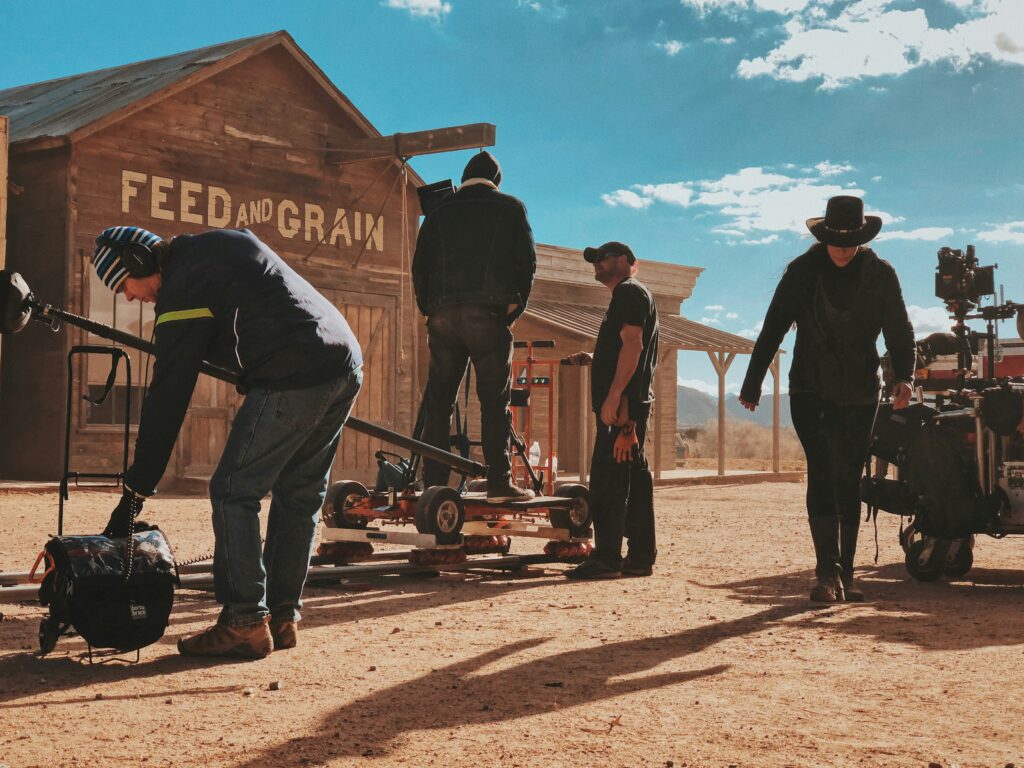
Challenges and Solutions: Navigating Cast Chemistry Issues
Creating chemistry among cast members is pivotal in film production, yet it frequently presents challenges. Conflicting personalities can lead to tension on set, which hampers the creative process and ultimately affects the film’s quality. Individual differences in acting styles may also result in a lack of rapport, creating a disconnect between characters that is palpable to audiences. Thus, recognizing and addressing these issues early in the production timeline is essential for fostering a cohesive unit.
To overcome these challenges, several strategies can be implemented. One effective approach is to engage cast members in team-building activities that promote trust and understanding. Such activities can range from improvisational exercises to social outings, helping actors to see beyond their characters and develop personal bonds. Additionally, collaborative workshops can serve to align differing acting styles, ensuring that actors have a shared vision of their roles. These environments not only allow for exploration of character dynamics but also permit actors to voice their concerns regarding interpersonal relationships. Indeed, strong communication among cast and crew is crucial for maintaining harmonious dynamics throughout the production process.
Real-world examples illustrate the efficacy of these strategies. For instance, during the filming of a well-known romantic comedy, the lead actors faced significant difficulties due to contrasting personalities. The director instituted daily team-building sessions that included games and trust exercises, which ultimately led to improved on-screen chemistry and a deeper understanding of the characters they portrayed. Another example can be found in a dramatic ensemble piece where divergent acting techniques initially caused friction. The cast engaged in collaborative rehearsals, allowing the actors to harmonize their performances. These interventions transformed their challenges into strengths, culminating in a captivating film that resonated with audiences. Addressing cast chemistry issues proactively can not only mitigate conflicts but also enhance the overall production experience.
Bolanle Media is excited to announce our partnership with The Newbie Film Academy to offer comprehensive courses designed specifically for aspiring screenwriters. Whether you’re just starting out or looking to enhance your skills, our resources will provide you with the tools and knowledge needed to succeed in the competitive world of screenwriting. Join us today to unlock your creative potential and take your first steps toward crafting compelling stories that resonate with audiences. Let’s turn your ideas into impactful scripts together!
Advice
Mastering Pre-Production for Film Success

Understanding Pre-Production
Pre-production is a crucial phase in the filmmaking process that involves comprehensive planning and organization before the cameras start rolling. It encompasses various activities that contribute to the successful execution of a film project. During this stage, filmmakers outline their vision, establish budgets, secure locations, and assemble their cast and crew. These foundational elements are integral in ensuring that the filming process proceeds smoothly and efficiently.
One common misconception about pre-production is that it is merely an administrative formality or a preliminary step. In reality, it plays a vital role in determining the overall quality of the final product. A thorough pre-production process enables filmmakers to anticipate challenges, allocate resources effectively, and create a detailed shooting schedule. This level of preparation significantly reduces the likelihood of unforeseen complications during filming, which can lead to delays and inflated budgets.
Pre-production also involves creating a comprehensive script breakdown, where each scene is analyzed for its requirements in terms of costumes, props, and special effects. This meticulous attention to detail ensures that the filmmakers have a clear understanding of what will be needed during the shoot. Furthermore, casting decisions made during pre-production are critical, as the right actors can bring characters to life in a way that resonates with the audience.
In summary, pre-production is not simply a phase to be rushed through; it is an essential element of the filmmaking process that lays the groundwork for a successful film. By recognizing the importance of this stage, filmmakers can effectively navigate the complex landscape of production and elevate the quality of their final product. Proper planning in pre-production provides a roadmap for the entire project, ultimately enhancing the viewers’ experience.
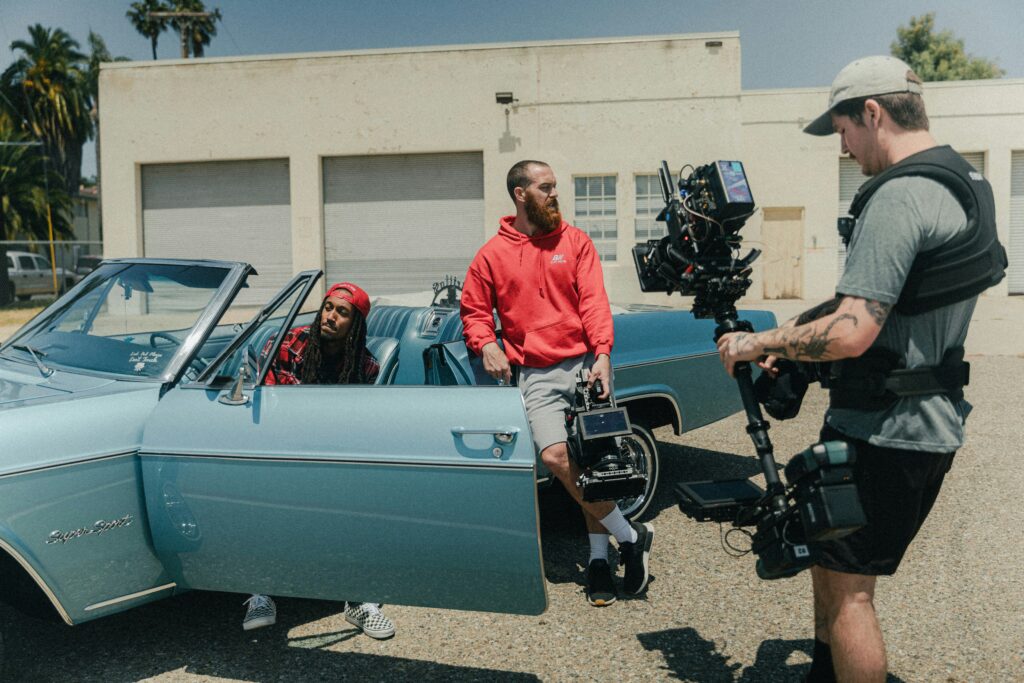
Budgeting: The Financial Blueprint
Budgeting serves as the financial blueprint for any film project, establishing a framework that guides the production team through the intricate process of filmmaking. A meticulously developed budget allows filmmakers to allocate resources efficiently, ensuring that every dollar is accounted for while fulfilling creative goals. At its core, the budgeting process involves estimating all necessary expenses, from pre-production through post-production, including costs for cast, crew, equipment, locations, and marketing. This financial planning is not merely an organizational tool; it is a vital component that directly influences the production’s feasibility and overall success.
One of the primary implications of inadequate budgeting is the possibility of budget overruns, which can severely impact a film’s completion. Unexpected costs may arise due to various factors such as delays in shooting, increases in material or labor costs, or unforeseen circumstances that necessitate additional spending. To mitigate these risks, filmmakers must engage in thorough financial planning during the pre-production phase. By incorporating contingencies—typically around 10-20% of the total budget—filmmakers can accommodate unexpected expenses, thus preventing disruptions during the filming process.
Creating an effective budget requires strategic thinking and detailed attention to numerous aspects of production. Filmmakers should begin by gathering quotes from vendors and service providers to establish baseline costs accurately. Engaging in historical analysis of previous projects can also provide insight into standard expenditures. Another critical strategy involves prioritizing spending, ensuring that funds are allocated to the most essential elements first. This approach helps prevent overspending in any one area, enabling filmmakers to maintain flexibility throughout the project. In conclusion, a well-considered budget is not simply a financial necessity; it is integral to keeping the filmmaking process on track and preventing costly missteps.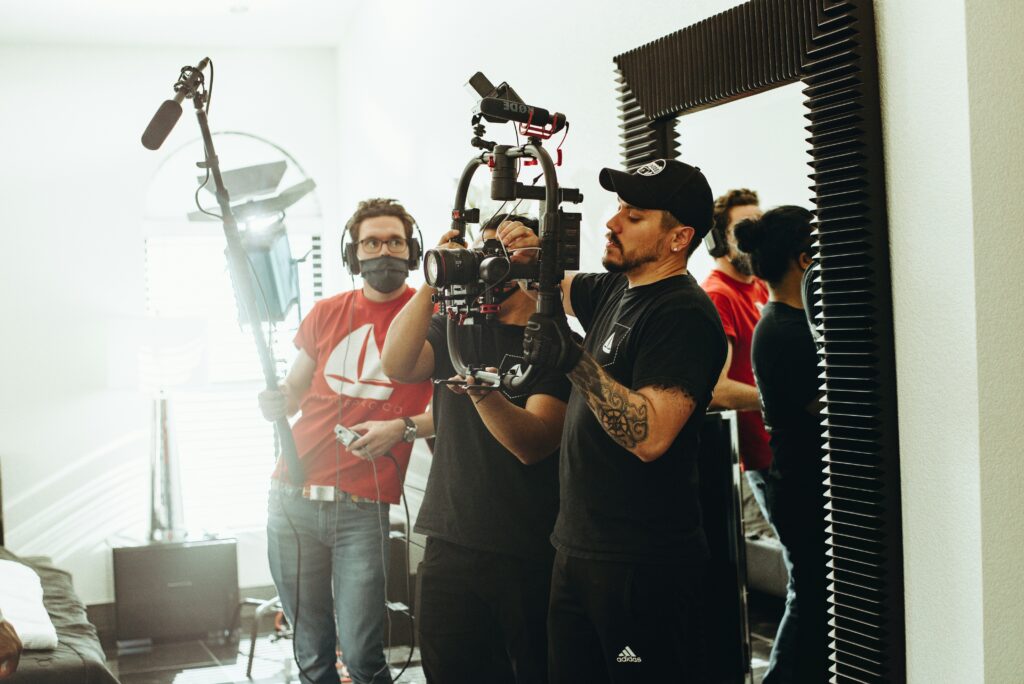
Casting and Location Scouting: The Right Choices Make a Difference
In the realm of filmmaking, casting and location scouting stand as pivotal elements during the pre-production phase. The selection of actors is not merely about finding individuals who can perform; it involves identifying those who can authentically bring the characters to life. A well-cast film can significantly elevate narrative depth and audience engagement. Hence, the casting process should be approached with careful consideration. It is advisable to conduct thorough casting calls, where talent can be evaluated through auditions that simulate real film conditions. This practice not only clarifies the ability of performers but also helps directors gauge chemistry between actors, an essential component when examining roles that interact closely within the narrative.
Similarly, location scouting plays an equally essential role in establishing the film’s tone and authenticity. Selecting shooting locations that align with the script’s atmosphere can enhance the storyline and create a more immersive experience for the audience. The chosen locations should not only complement the narrative visually but should also support logistical aspects of the production, such as permits, accessibility, and budget constraints. Filmmakers should consider locations that reflect the narrative’s themes, while also ensuring that they are practical for crew and equipment use, which directly impacts production efficiency.
Moreover, the long-term effects of these choices cannot be overlooked. Proper casting and location selection streamline the production process by minimizing the need for extensive reshoots or changes. When the right actors inhabit their roles convincingly and when locations authentically reflect the script’s setting, the overall quality of the film is enhanced, leading to a more favorable reception among audiences. Thus, investment in a strategic casting and location scouting process lays a foundational cornerstone upon which the success of the film can be built.
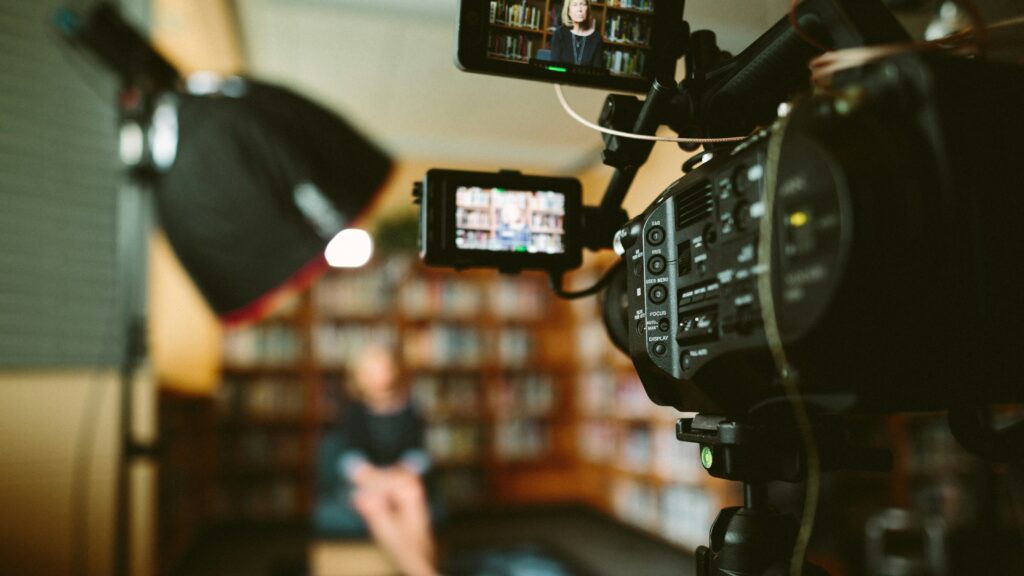
Storyboarding: Visualizing the Film Before Shooting
The process of storyboarding plays a crucial role in the pre-production of a film, serving as an integral visual planning tool that allows directors and cinematographers to pre-visualize their scenes. By illustrating the key moments of a film in a series of drawings, storyboards provide a clear roadmap of how each shot will look, enabling better communication among the crew. This visual representation is essential not only for lighting and camera setup but also for conveying the emotional tone of each scene, ensuring that all team members share a unified creative vision.
Storyboards work effectively as a communication tool, helping to bridge the gap between creative ideas and practical execution. When collaborating with a diverse team, including cinematographers, art directors, and actors, a storyboard ensures that everyone is aligned. It minimizes confusion and misinterpretations that can arise during the filming process. This visual blueprint acts as a reference point that clarifies how a director intends to portray a particular scene. Consequently, this leads to a more streamlined shooting schedule and an efficient use of production resources.
Various techniques exist for storyboarding, including traditional hand-drawn images, digital tools, and even rudimentary animations. Each method offers distinct benefits that cater to different workflows and preferences among filmmakers. However, the absence of such a pre-visualization framework can lead to potential challenges, including on-set improvisation that may not align with the director’s original intent. A notable example of the impact of effective storyboarding can be seen in films such as “The Lion King,” where precise visual planning allowed the filmmakers to capture the grandeur and emotional depth of the story. By utilizing storyboards, filmmakers can minimize creative discrepancies and ensure a consistent vision throughout the production process, highlighting the indispensable role of storyboarding in achieving cinematic success.
Bolanle Media is excited to announce our partnership with The Newbie Film Academy to offer comprehensive courses designed specifically for aspiring screenwriters. Whether you’re just starting out or looking to enhance your skills, our resources will provide you with the tools and knowledge needed to succeed in the competitive world of screenwriting. Join us today to unlock your creative potential and take your first steps toward crafting compelling stories that resonate with audiences. Let’s turn your ideas into impactful scripts together!
-

 Advice4 weeks ago
Advice4 weeks agoAdvice to New Filmmakers
-

 News3 weeks ago
News3 weeks agoThe Hemp Village’s Inaugural Brunch: A Celebration of Resilience and Community Spirit
-

 Advice3 weeks ago
Advice3 weeks agoHow Community Engagement Ignites Cultural Phenomena
-

 Advice4 weeks ago
Advice4 weeks agoThe Power of Misdirection in Storytelling
-

 Advice4 weeks ago
Advice4 weeks agoHow Complex Characters Drive Engagement
-

 Advice4 weeks ago
Advice4 weeks agoHow Teasers Boost Audience Engagement
-

 Advice4 weeks ago
Advice4 weeks agoThe Hidden Magic in Messing Up
-

 Advice6 days ago
Advice6 days agoA Reality Check for Aspiring Filmmakers










